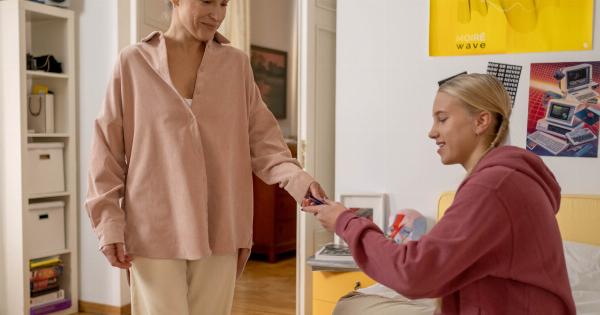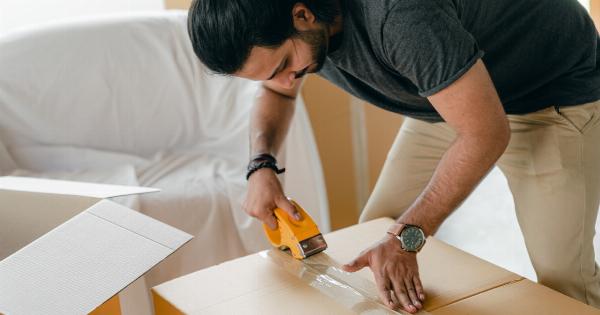Urine antia, also known as bedwetting or nocturnal enuresis, is a common problem that affects millions of people worldwide. It can be embarrassing and frustrating, leading to social, emotional, and psychological distress.
Fortunately, there are effective visual strategies that can help individuals and their families deal with this issue. In this article, we will explore some of these strategies and how they can make a difference in managing urine antia.
1. Establish a Routine
One of the first steps in dealing with urine antia is establishing a consistent routine. This includes setting regular bedtimes and wake-up times, as well as specific times for using the bathroom before going to bed.
By creating a structured routine, individuals can train their bodies to develop better control over their bladder function.
2. Use Bedwetting Alarms
Bedwetting alarms are devices that can help individuals become aware of their need to urinate during the night. These alarms are designed to detect the first few drops of urine and trigger a loud sound or vibration to wake the individual up.
By using bedwetting alarms consistently, individuals can develop a conditioned response to wake up before they wet the bed.
3. Visual Cues on the Bathroom Door
Placing visual cues on the bathroom door can serve as a reminder for individuals to use the bathroom before going to bed.
For example, a simple sign with the words “Bathroom Reminder” or a symbol representing the act of urination can be helpful. These visual cues act as a prompt to encourage individuals to establish a routine and ensure they relieve their bladder before sleeping.
4. Visual Schedules
Visual schedules can be incredibly beneficial for individuals with urine antia, especially children. These schedules can be created using pictures, icons, or words, and can effectively communicate the steps involved in the bedtime routine.
By visually representing the process of using the bathroom before bed, individuals are more likely to follow the steps consistently.
5. Bedtime Visual Checklist
A bedtime visual checklist can be hung next to the bed and used as a reminder for individuals to take care of their bathroom needs before going to sleep.
The checklist can include pictures or written steps, such as brushing teeth, using the toilet, and wearing nighttime protection. By visually checking off each step, individuals feel a sense of accomplishment and are more motivated to follow the routine.
6. Reward Charts
Reward charts can be powerful motivators for individuals dealing with urine antia.
These charts visually track progress over time and provide incentives for reaching specific goals, such as consecutive dry nights or successfully following the bedtime routine. By using stickers, stars, or other visual markers, individuals can visually see their achievements and feel motivated to continue their efforts.
7. Make Nighttime Guidance Visible
Having visual guidance at night can be reassuring and helpful for individuals with urine antia. This can include nightlights in the hallway or near the bathroom, making it easier to navigate during the night.
Additionally, individuals can place a small flashlight or a glow-in-the-dark strip near the bed, providing a sense of security and aiding in finding the bathroom easily.
8. Designated Bedwetting Protection
Using designated bedwetting protection, such as waterproof mattress covers or protective sheets, can visually signify a safe and comfortable sleeping environment for individuals dealing with urine antia.
Knowing that accidents can be contained and cleaned easily provides peace of mind and reduces stress related to bedwetting incidents.
9. Encourage Open Communication
Open and honest communication is essential when dealing with urine antia. Encouraging individuals to talk about their feelings and experiences can help reduce any shame or embarrassment they may be feeling.
Visual aids, such as emotion charts or drawing prompts, can facilitate conversations and make it easier for individuals to express their emotions and concerns.
10. Consult with a Healthcare Professional
If urine antia persists despite trying visual strategies, it is important to consult with a healthcare professional or specialist.
A medical professional can help assess the underlying causes of urine antia and recommend further interventions or treatments that may be necessary. They can provide personalized guidance and support based on the individual’s specific needs.




























